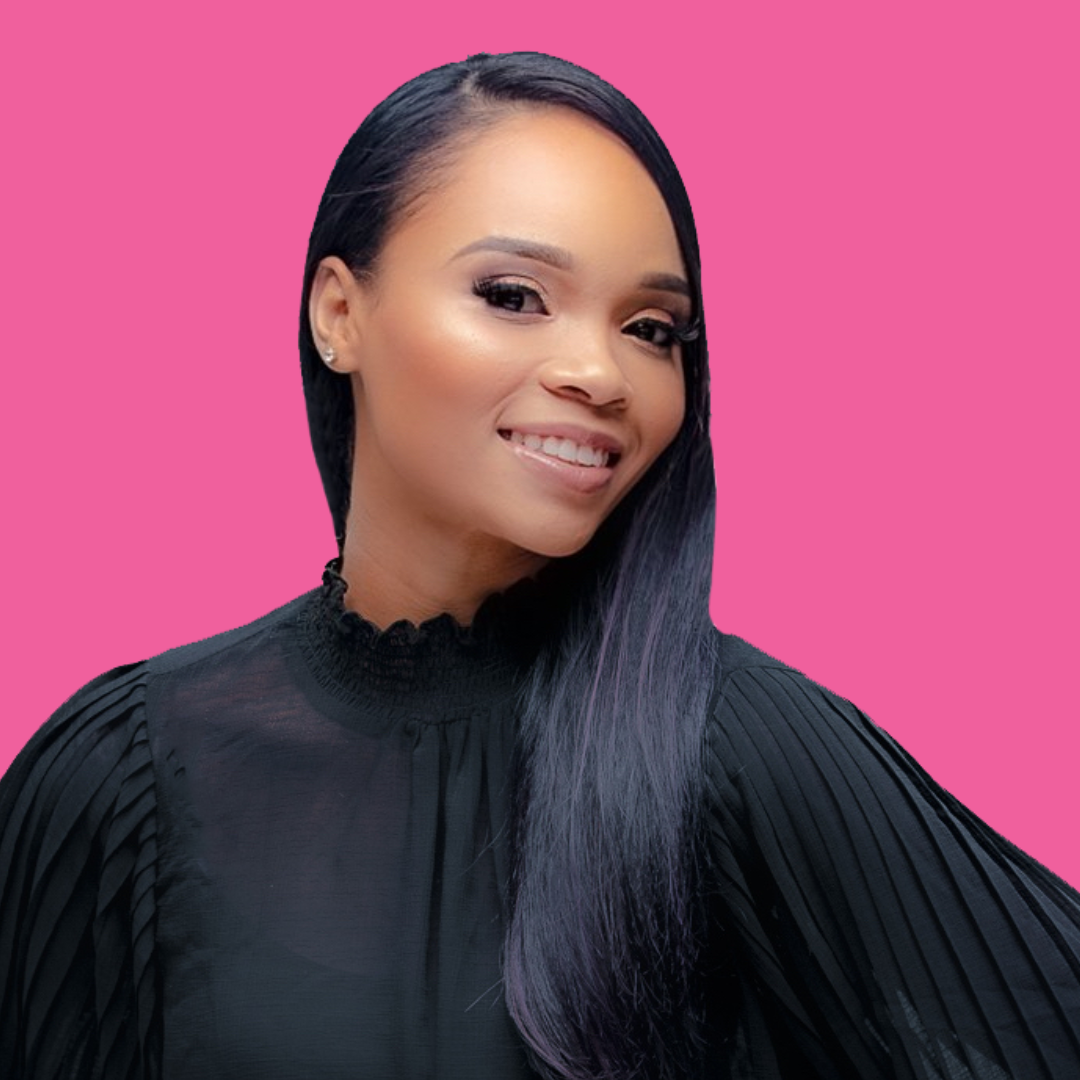The Psychology Behind Successful Beauty Brand Positioning
- Morisha Cuddon
- Apr 26
- 3 min read
Updated: Jul 7
In today’s saturated beauty market, products alone aren't enough to capture hearts and wallets. The real game-changer? Psychology-backed brand positioning. From the colors on your packaging to the story you tell, every detail shapes how consumers feel about your brand. As a beauty brand consultant, I’ve seen firsthand how powerful emotional and psychological triggers can transform a brand into a movement.
Let’s explore how psychology plays a crucial role in building an unforgettable beauty brand identity.
1. What Is Beauty Brand Positioning?
Brand positioning refers to how your brand is perceived in the minds of your target audience. It's not just about logos and taglines—it’s about meaning. In the beauty space, where emotions, aesthetics, and self-identity intertwine, positioning is deeply psychological.
A beauty brand consultant helps businesses craft a brand that resonates emotionally and visually, creating a unique space in a competitive landscape.
2. Psychological Triggers That Drive Beauty Brands
✨ Emotional Connection
Brands like Dove or Glossier thrive by connecting on values like self-love, authenticity, and confidence. These emotional triggers create loyal communities, not just customers.
🧠Color Psychology
Colors evoke instant emotional responses. Think of how soft pastels suggest calm and femininity, while bold reds scream passion and energy. Beauty brands that understand color psychology craft packaging that communicates before a word is read.
👥 Social Identity Theory
Consumers often buy beauty products not just to enhance their appearance, but to express their identity. A luxury lipstick might say, “I’m powerful,” while a clean beauty product might say, “I’m conscious and mindful.”
🚫 Scarcity and Exclusivity
Limited-edition drops and waitlists aren’t just marketing gimmicks—they’re psychological levers that create urgency and status.
3. How NLP Helps Decode Consumer Sentiment
Natural Language Processing (NLP) is a powerful tool for brand consultants. It analyzes language patterns in customer reviews, social media, and online behavior to reveal what people really think and feel.
🧩 How It Works:
Identify recurring emotional keywords (e.g., “clean,” “luxury,” “safe”)
Analyze tone and sentiment to detect positive or negative trends
Use keyword clustering to refine messaging and content strategy
By tapping into real-time language data, a beauty brand consultant can fine-tune a brand’s voice and ensure it resonates with its intended audience.
4. The Role of Brand Archetypes in Beauty
Jungian archetypes provide a psychological blueprint for brand identity. Here are a few common archetypes in beauty branding:
The Lover: Sensual, indulgent (e.g., NARS, YSL Beauty)
The Innocent: Pure, gentle (e.g., Burt’s Bees, Honest Beauty)
The Creator: Artistic, expressive (e.g., Urban Decay)
By identifying the archetype that aligns with your audience’s desires, a brand can form deeper, instinctive connections.
5. Visual Identity and Cognitive Association
Visuals influence the brain far more quickly than words. Great beauty brands use:
Clean and consistent packaging to signal professionalism and trust
Typography and logo design to evoke emotion
Repetition to create brand recognition and memory triggers
The key is consistency. Repeating certain visual and verbal cues across all touchpoints helps consumers form strong mental associations.
6. Case Studies: Psychology in Action
💡 Glossier: The “Best Friend” Brand
Using soft hues, natural models, and user-generated content, Glossier embodies relatability and authenticity. It positions itself as the friend who just gets you.
💡 Fenty Beauty: Empowerment Through Inclusion
With bold visuals and a broad shade range, Fenty Beauty tells a story of diversity and self-expression. It doesn’t just sell makeup—it champions representation.
7. Common Positioning Mistakes to Avoid
❌ Being everything to everyone diluted brand message fails to connect deeply with any audience.
❌ Inauthentic storytellingModern beauty consumers can spot fake values from a mile away.
❌ Ignoring emotional context. Failing to align brand tone with your audience's emotional landscape can lead to a disconnect and disinterest.
8. How a Beauty Brand Consultant Can Help
As a beauty brand consultant, I help founders and creative teams:
Analyze brand perception using NLP and competitive audits
Develop emotionally intelligent brand messaging
Choose design elements backed by psychological research
Build strong, authentic brand identities that last
Brand positioning isn't guesswork—it’s strategy, psychology, and insight coming together.
9. Conclusion: The Mind Is the New Battleground
The most iconic beauty brands don’t just win shelves—they win minds. By leveraging psychology, emotional design, and NLP tools, you can build a brand that truly connects and endures.
👉 Need expert guidance on your beauty brand’s positioning? Let’s talk. A beauty brand consultant can help you go from product to powerful presence.






Comments